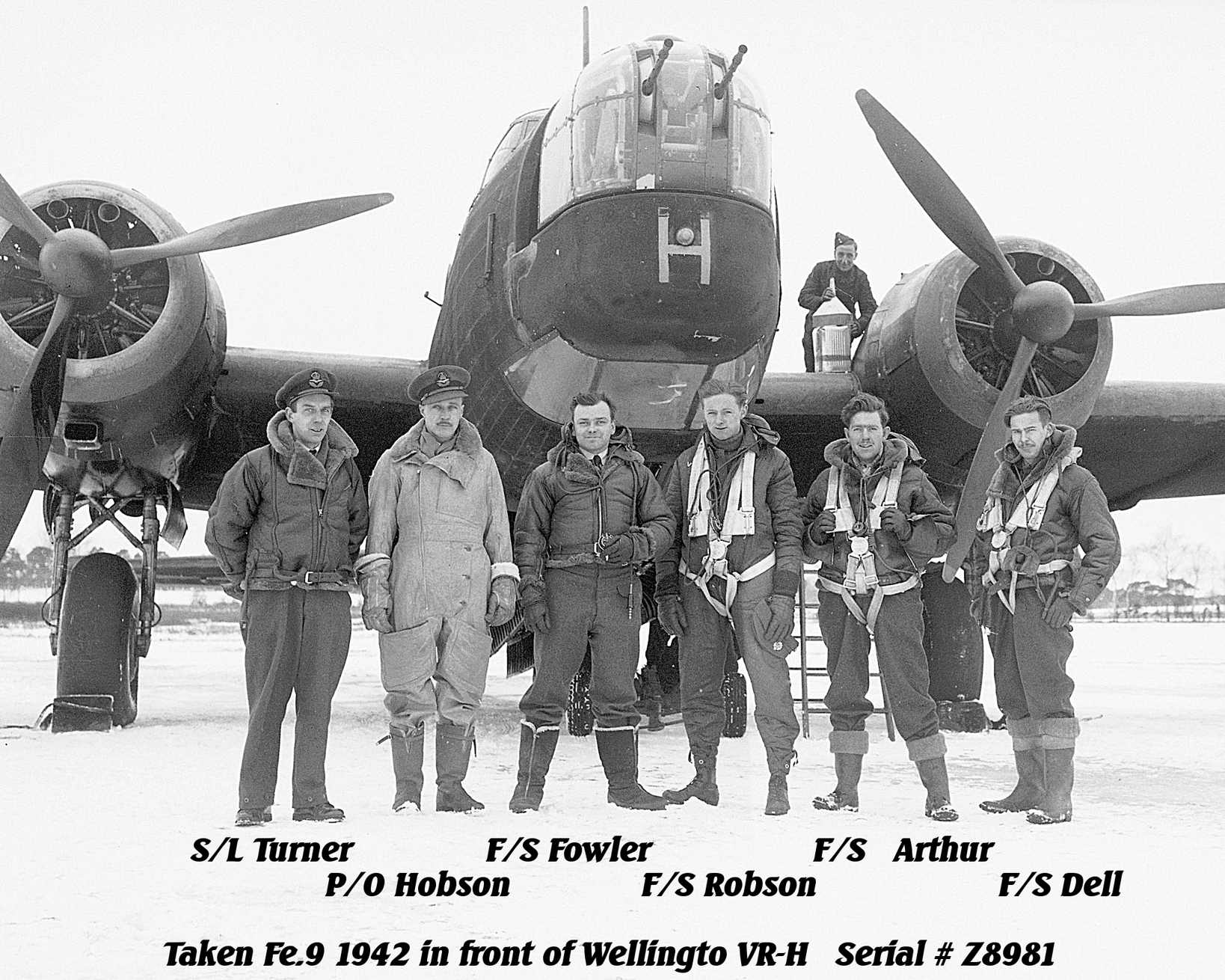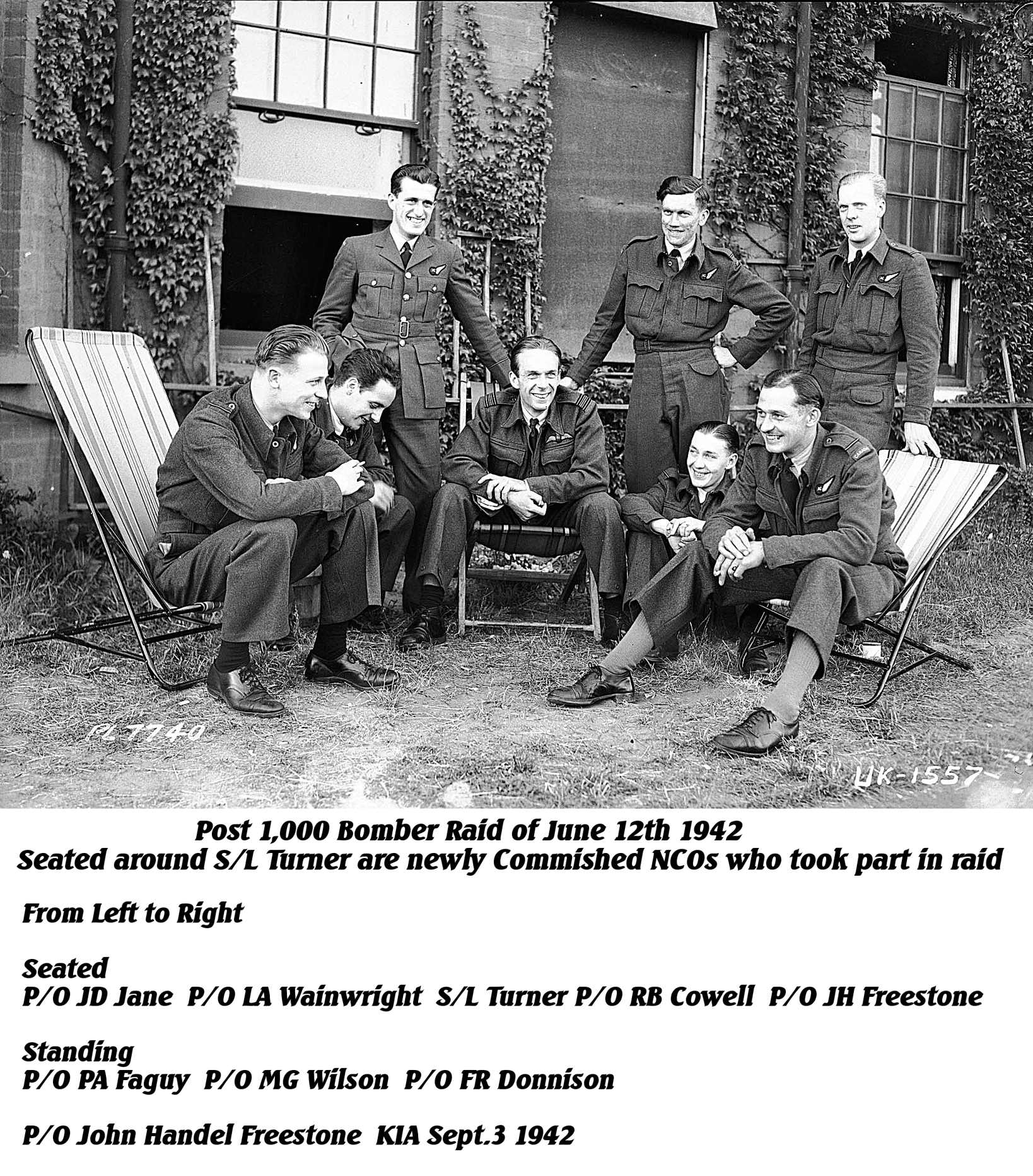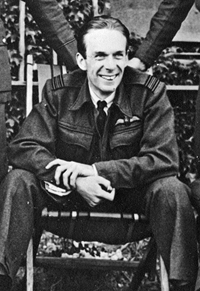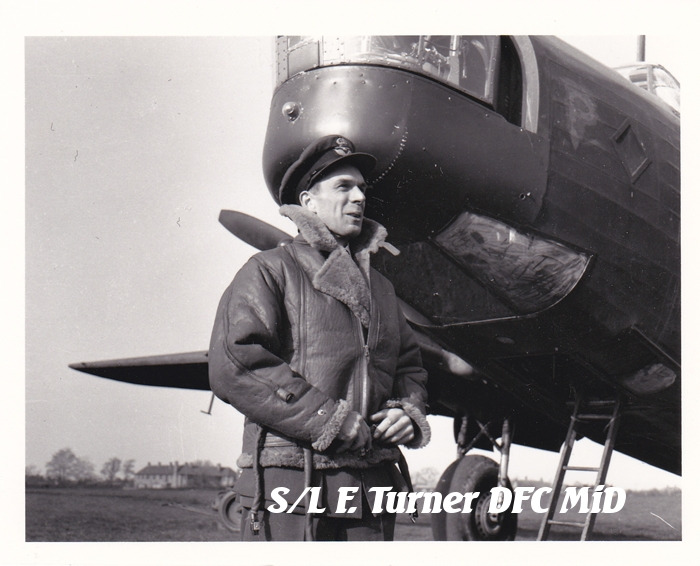
419 squadron Beginnings
The official start of the squadron on paper was December 9th of 1941, with actual date of December 15th being the commencement of the formation. With December 28th being singled out as the day when at least one full Flight would be ready for operations, and a second Flight ready by January 5th 1942. No. 3 Group were to allocate as many RCAF personnel they could to the new squadron as soon as possible.
The Canadian Right Stuff
Borrowing a modern term, the "Right Stuff" , definitely expresses the capability of the men who were the leaders of the newly formed 419 Squadron. With many operations behind both of them, these two RAF officers and B.C. natives would bring together a squadron that quickly gathered the praise of Air Officer Commanding No. 3 Group.
W/C John Fulton who would later share his nickname with the squadron and S/L Francis W. S. Turner who would take command of "A" Flight on January 23rd of 1942. It would seem that it may not have been by chance that Turner was chosen to be with the squadron under W/C Fulton
An Experienced Leader
In 1936 Turner from Merritt B.C. joined fellow British Columbia native John Fulton in the RAF. Turner had began his flying career while in B.C. and may have known John "Moose" Fulton from those days in B.C.
After completing training at No. 2 FTS at RAF Digby, Turner was posted to first No.99 squadron then later that year to No. 149 squadron. September would find him starting his first Tour of Ops with an attack on the German fleet off Brunsbutte, at the mouth of the Kiel Canal. This would be the first bombing raid of the war, two previous operations by the RAF were a reconnaissance and a Leaflet dropping
During his days with 149 squadron he and his crew were shot down while returning to base. the Wellington was badly damaged by enemy fire, choosing to return to land rather then ditching the crew baled out sucessfully near Hondeshoote near the Belgian border. The whole crew had escaped the aircraft and capture, returning by boat train service.(March 26,1940 this was prior to the fall of France)
By July of 1941 S/L Turner was Chief Flying Instructor at O.T.U. 23 and it was from here that he was posted to 419 squadron prior to January 21 when he flew on an operation to Boulogne Docks, by January 23 1942 he was assigned the command of "A" Flight
While he was with 419 he completed over 32 operations, which completed his second tour. His last operation with the squadron was on June 29 1942. During most of later part of this month his ops records show that he was in a training mode, his usual crew were replaced by others and each operation lists had a second pilot on board.

One of most publicised early operations he was on was the March 3rd, raid on the Renault Works at Billancourt near Paris which a number of 419 aircraft took part.
S/L Turner's Original crew
Sgt. Fowler Navigator
P/O C.D. Jane WAG
F/S Arthur WAG
F/S Dell Air Gunner
W/C Turner Continues his Fight
After his well earned rest period S/L Turner was posted to No.1663 HCU for training on the Halifax. His next posting would be again in command of a Flight of bombers, this time No. 76ís "B" Flight. This would be the beginning of his third tour of Ops. And by September of 1943 he was promoted to Acting Wing Commander.
During his days with 149 squadron he and his crew were shot down while returning to base. the Wellington was badly damaged by enemy fire, choosing to return to land rather then ditching the crew baled out sucessfully near Hondeshoote near the Belgian border. The whole crew had escaped the aircraft and capture, returning by boat train service.(March 26,1940 this was prior to the fall of France) While on an operation to Hanover on the night of September 22/23 Turnerís Halifax was coned by search lights and before any evasive action could be begun "Saint the Third" was hit. One of the gunners was unable to get into his chute and A/W/C Turner went to the rear of the aircraft to help him get harnessed and out of the aircraft. In his action to help his gunner, Turner was unable to get out of the diving aircraft. It is reported in the repatriation interview of F/L Douglas Cull, that Turner was been caught in the tail section of the aircraft and died in the crash. ( One other causality was the Navigator who may have jumped too close to the ground, all the other crew men including the tail gunner were captured.)
W/C Turner's DFC Citation
"This officer has had a long experience of operational duties by day and night. He took part in the attack on the German fleet off Heligoland on the 4th September 1939, and in a number of subsequent daylight attacks on Heligoland and Wilhelmshaven. Since January 1940 he has completed numerous sorties including attacks on the enemy's industrial centres and dockyard towns. He has displayed courage and keenness throughout and has performed excellent work in organizing his flight and training the crews."

